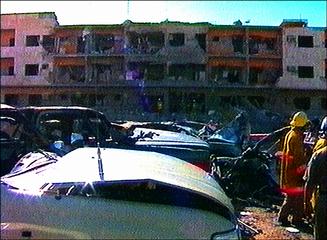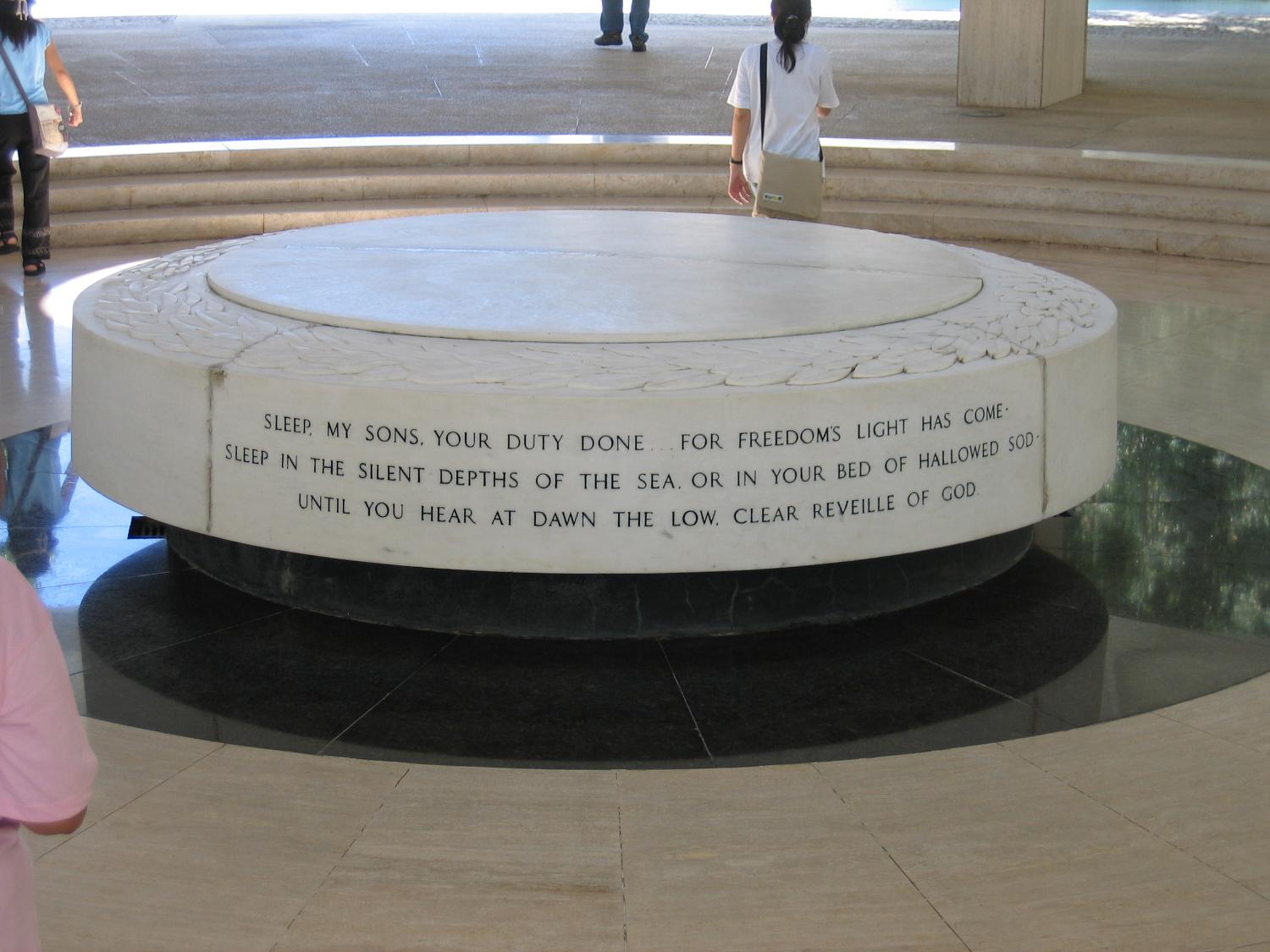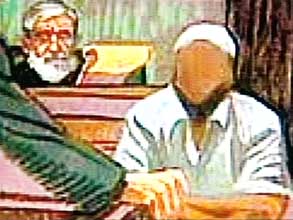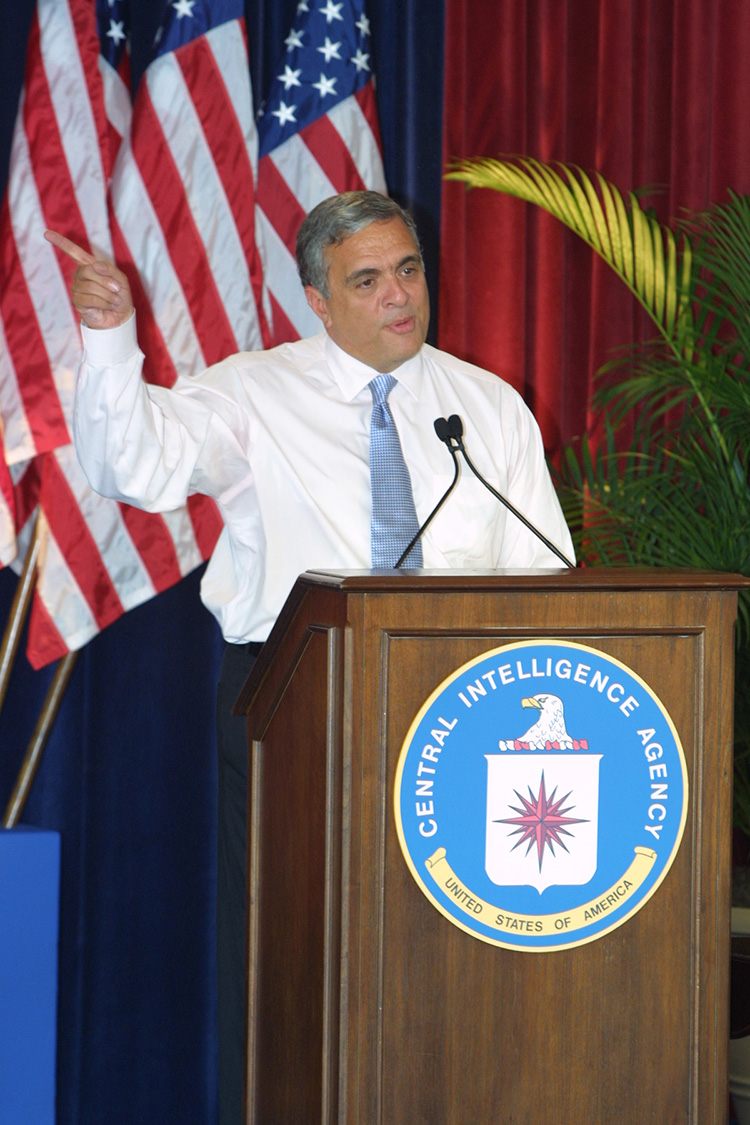The CIA issues a compartmented top-secret report, “Further Options Available Against UBL” [Osama bin Laden], outlining covert and military actions that could be taken as a follow-on to the August 1998 cruise missile attacks (that were retaliation for the African embassy bombings).
White House staffers were still arguing for bombing a broad range of sites that would include al Qaeda camps and Taliban facilities in Afghanistan. Beyond air defenses and airfields, the Air Force said there weren’t any easy targets—that is, those which were outside urban areas or whose destruction would have significant effects. And the terrorist camps themselves were spread out and lacked critical facilities. Bomb damage assessments of the August strikes indicated no long-term effect.
According to Age of Sacred Terror (p. 284), national security advisor Sandy Berger was leery of bombing alone, believing that the odds of killing Osama bin Laden were low “and that a failure would make the United States look impotent and its target invincible.”
JCS Chairman Gen. Hugh Shelton presented other military options, but his “$2 billion option” as the White House called it, was seen more as passive-aggressive refusal on the part of the Pentagon to engage in combat, piling on logistical and support requirements that turned every option into a major war. Secretary of Defense William Cohen also insisted that any special operations option—even of a small stealthy raid—include a “force protection” package. Ultimately the discussions fizzled into nothing.




